Is your feline friend suddenly struggling to walk or limping around? If your cat's back legs are weak, it could be a sign of a bigger issue that needs attention.
Don't panic just yet, though! Understanding the underlying cause and treatment or therapeutic options available can help get your kitty back on track.
Keep reading to uncover the most common reasons behind weak back legs in cats and how you can support your furry companion through this tough time.
What Does Weakness in a Cat's Back Legs Mean?
When your cat's hind legs are weak, it means their muscles or joints are struggling to function like they should. This can make walking, jumping, or even standing up a real challenge.
The weakness could be due to anything from a minor injury to a serious condition affecting the nerves or muscles. If you notice your cat limping or favoring one leg, it's a clear sign that something's up.
Keep an eye on such changes and seek veterinary care to pinpoint the exact cause and start the right recovery process. Issues with your cat's legs are not something to ignore.
How Common Is This Problem?
Weak back legs in cats are actually pretty common, especially as they get older and enter their senior years. As our feline friends age, their muscles and joints naturally weaken, causing mobility issues. But it's not just older cats. Sudden weakness in the hind legs can happen to any kitty at any age.
If your cat's legs are looking weak, it's a sign that something needs attention. It's essential to monitor their behavior closely and consult your vet for a full diagnosis. Early detection can make all the difference in getting your cat the right care.
Common Causes of Weak Back Legs in Cats

There are several possible causes to consider for a cat's weak hind limbs. Here are the most common reasons:
- Muscle Weakness or Injury. Injuries, like sprains or strains, can lead to muscle weakness or damage.
- Arthritis or Joint Stiffness. Aging or wear and tear can cause arthritis, making your kitty's joints stiff and painful.
- Neurological Disorders. Issues with the spinal cord or nerves can lead to weakness in the back limbs.
- Diabetes and Other Metabolic Conditions. Diabetes can cause nerve damage, affecting your pet's mobility.
- Heart Disease. Blood flow problems can affect the legs, leading to weakness.
Muscle Weakness or Injury
Weakness in a cat's back limbs can also stem from soft tissue injuries or even broken bones. Whether it's from a slip, fall, or intense play, such injuries and fractures can make movement challenging.
A broken leg, for example, may cause your kitty to limp or avoid using the affected leg entirely. Cats with muscle wasting, often linked to aging, may also show signs of weakened legs.
If your cat is limping or avoiding certain movements, it could be due to these reasons. Prompt treatment, such as rest and physical therapy, can help their muscles heal and bones recover. If you suspect a fracture, see your vet for proper diagnosis and treatment.
Arthritis or Joint Stiffness
Arthritis is a common cause of weak back legs in felines, particularly in older cats. When the cartilage in the joints starts to wear down, it causes stiffness and discomfort, making movement difficult.
Cats with arthritis may struggle to jump or climb, and they might limp or have trouble walking. This condition can worsen over time. While arthritis can't be fully cured, there are veterinary treatments available or natural alternatives that may help reduce discomfort and improve your kitty's quality of life.
Neurological Disorders
Conditions that affect the spinal cord, nerves, or brain can interfere with the signals that control your cat's movements. One common disorder is feline aortic thromboembolism (FATE), a blood clot that blocks the blood supply to the legs, causing sudden weakness or paralysis.
Spinal fractures or nerve damage can also cause neurological issues that result in limping in cats. If your kitty seems to struggle with coordination or has trouble standing, a neurological problem may be to blame. It's important to see your vet for an accurate diagnosis and treatment.
Diabetes and Other Metabolic Conditions
Diabetes and other metabolic conditions can lead to weakness in your cat's back legs. In diabetic feline pets, high blood sugar can damage nerves over time, leading to a condition called diabetic neuropathy. This nerve damage often causes weakness or lack of coordination, especially in the hind legs.
Other metabolic disorders, such as thyroid imbalances, can also contribute to muscle weakness. If your cat is losing muscle mass, having difficulty walking, or seems unusually tired, a metabolic issue might be the cause. Timely action and management of the underlying condition can help prevent further damage to the affected limbs.
Recognizing Symptoms of Weak Back Legs in Cats

If your kitty's hind limbs are weak, there are some key signs you can look for. It isn't always obvious, but keeping an eye on your cat's behavior and movements can help you spot the problem early.
Most cats with this issue will have difficulty walking, start limping, or even avoiding certain activities. You may notice your pet struggling to jump onto furniture, having trouble using the litter box, or acting differently than usual. If you see these signs, it's time to get your cat checked. Catching the issue early means a better chance for treatment and recovery.
Mobility Issues and Limping
When your cat has weak back legs, it can lead to serious mobility issues. You'll probably notice them limping or moving slowly, avoiding running or climbing.
A limping cat is a big red flag that something's wrong with their limbs or joints. If your cat suddenly starts walking awkwardly or dragging their legs, it's time to pay attention. They may also try to hop or drag themselves in a way that shows they're struggling.
If you notice this behavior, get your cat to the vet for a check-up. It's the first step toward getting them back on their feet.
Difficulty Jumping or Climbing
If your feline companion is avoiding their favorite high spots—like the couch, bed, or cat tree—it could be a sign that their hind legs aren't strong enough to leap. Cats love to jump, so something's definitely off if they're not doing it.
You might see them hesitate or even try to jump but fail to make it. If they're struggling to get around, it's time to take a closer look at their legs and get them checked at the clinic. The sooner you catch the issue, the sooner you can help them get back to their agile, playful self.
Changes in Posture or Gait
When a cat's back limbs are weak, it can lead to changes in their posture or gait. You might notice them walking with a weird, wobbly, or awkward angle. They could be walking more slowly or putting extra weight on their front legs to avoid using the affected back limbs.
If your cat is walking stiffly or dragging their paws, these are tell-tale signs that something's wrong. Cats are natural movers, and any change in their normal gait is something you should keep an eye on. A quick visit to the veterinarian can help figure out the root cause.
Diagnosis and Veterinary Care for Cats With Weak Legs
If your kitty's back legs are weak, a proper diagnosis is the first step toward getting them back on track. Vets diagnose limping in cats for what they really are. These animal health experts get to the bottom of things and determine the underlying causes using different methods and tools at their disposal.
- Physical Exams and Imaging Tests. Your vet will perform a physical examination to check for any obvious injuries, swelling, or tenderness. They may also recommend imaging tests like X-rays or a CT scan to get a closer look at bones and soft tissues.
- Bloodwork and Neurological Assessments. Bloodwork and neurological assessments will help determine if there's an underlying health condition affecting their legs. These tests are important to identify issues like nerve damage or blood flow problems that may not be visible during a physical exam.
Can Weak Legs in Cats Be Treated?
Treating weak limbs in cats is possible, but it depends on the cause. If your kitty's back legs are weak due to arthritis, unfortunately, there is no cure, but your vet may recommend medication to reduce discomfort and improve mobility.
Physical therapy may help rebuild strength and flexibility in cases of muscle weakness. Sprains and fractures can heal fully. However, your pet may need specialized treatment for issues like a blood clot or neurological condition.
Your vet will work with you to create a plan tailored to your cat's specific needs. With the right care, many of our feline friends recover and get back to enjoying their favorite activities.
When Should I See a Veterinarian for My Cat's Mobility Issues?
Cats are great at hiding discomfort, so changes in behavior are often the first signs that something's wrong. It's time to consult your vet if you notice your cat limping, struggling to jump, or walking with difficulty. If they suddenly start favoring one leg or avoiding moving altogether, don't wait.
Also, if your cat shows signs of distress, like meowing excessively or avoiding their litter box, this may mean that their mobility issues need immediate attention. Early intervention can make a big difference, so get your kitty checked out as soon as possible to help them heal quickly.
Can CBD Benefit a Cat With Weak Legs?

CBD (cannabidiol) can potentially help cats with weak limbs by promoting overall wellness and supporting joint health. CBD works by interacting with the body's endocannabinoid system (ECS). This system plays a role in regulating various bodily functions, including discomfort and inflammation.
While CBD isn't a cure-all, it can be a great addition to your cat's wellness routine. You can help them feel more comfortable, mobile, and less stressed with the right CBD product.
Potential Benefits of CBD for Joint and Mobility Health
CBD can be a game-changer when it comes to supporting your cat's joint and mobility health. Regular use can help keep your kitty feeling more agile, easing any stiffness or discomfort they may have in their back legs. If your pet struggles with mobility, adding CBD to their routine might give them the relief they need.
HolistaPet's CBD cat products, including our CBD soft chews, hard treats, oils, and capsules, can be especially helpful for easing joint discomfort and promoting easier movement.
The hemp oil in these products is rich in omega-3 fatty acids, which help support healthy joints and reduce soreness. To learn more about our products, check out our online shop.
Home Care Tips for Cats With Weak Back Legs

There are a few things you can do at home to help your feline buddy feel more comfortable and improve their mobility. With a little extra care, your cat will feel more secure and less frustrated by their limited movement. Here are a few tips:
- Create a Comfortable Environment. Make sure your cat's resting areas are soft and easy to access.
- Support Mobility With Ramps and Steps. Help them reach higher places like furniture without straining their legs.
- Use Non-Slip Mats. Place mats or rugs on slippery floors to help your pet maintain balance.
- Provide Regular Gentle Exercise. Encourage light activity to keep their muscles from weakening further. Instead of tempting them with high cat trees or elevated climbing areas, provide them low access cat tunnels or a cat wheel.
Creating a Comfortable Environment
Soft, low-to-the-ground beds or cushions can help your feline companion relax without straining. Place their favorite resting spots in areas where they can easily access them, avoiding high jumps or steep steps.
If your cat has trouble moving around, consider setting up multiple resting places around the house. Keep their food and water bowls within easy reach so they don't have to struggle to get to them. A comfy, stress-free environment will help your kitty feel more at ease and reduce any frustration they may have from limited movement.
Supporting Mobility With Ramps and Steps
If your cat loves lounging on furniture or climbing up to their favorite perch, adding a ramp or a set of stairs can make those high spots more accessible. It allows them to go up and down without the stress of jumping, which can aggravate their legs.
Look for sturdy, non-slip ramps or steps that are just the right height for your cat to walk up comfortably. This simple change can help improve their mobility and keep them from avoiding those activities they love.
Final Thoughts on Cat Back Legs Weak Suddenly
If your cat's back legs suddenly seem weak, it's important to pay attention and act quickly. Getting a proper diagnosis is the first step toward helping your pet recover. Don't hesitate to seek veterinary help; early treatment can make a huge difference.
In addition to professional care, supportive supplements like CBD products can help ease discomfort and improve mobility. With the right approach, your feline bestie can regain strength and get back to enjoying life.








![Probiotics For Dogs [Soft Chews] - HolistaPet](http://www.holistapet.com/cdn/shop/files/Probiotic-Infographic-1_472d7a29-e30c-435a-9638-1365d8c3a9f9.jpg?v=1725384841&width=104)









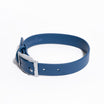
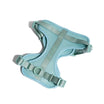
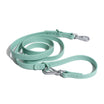




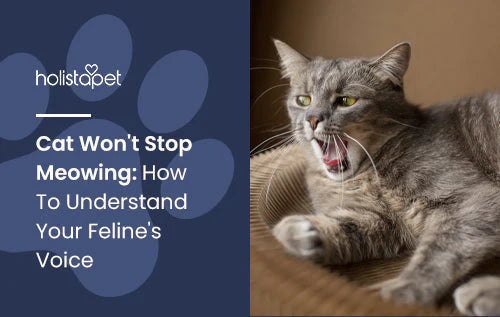
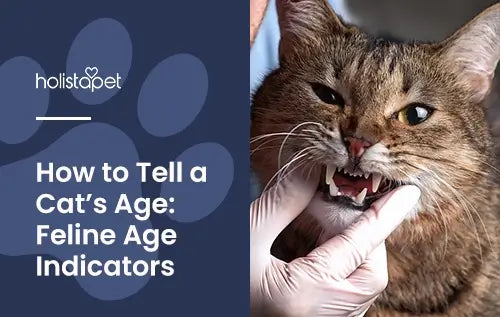

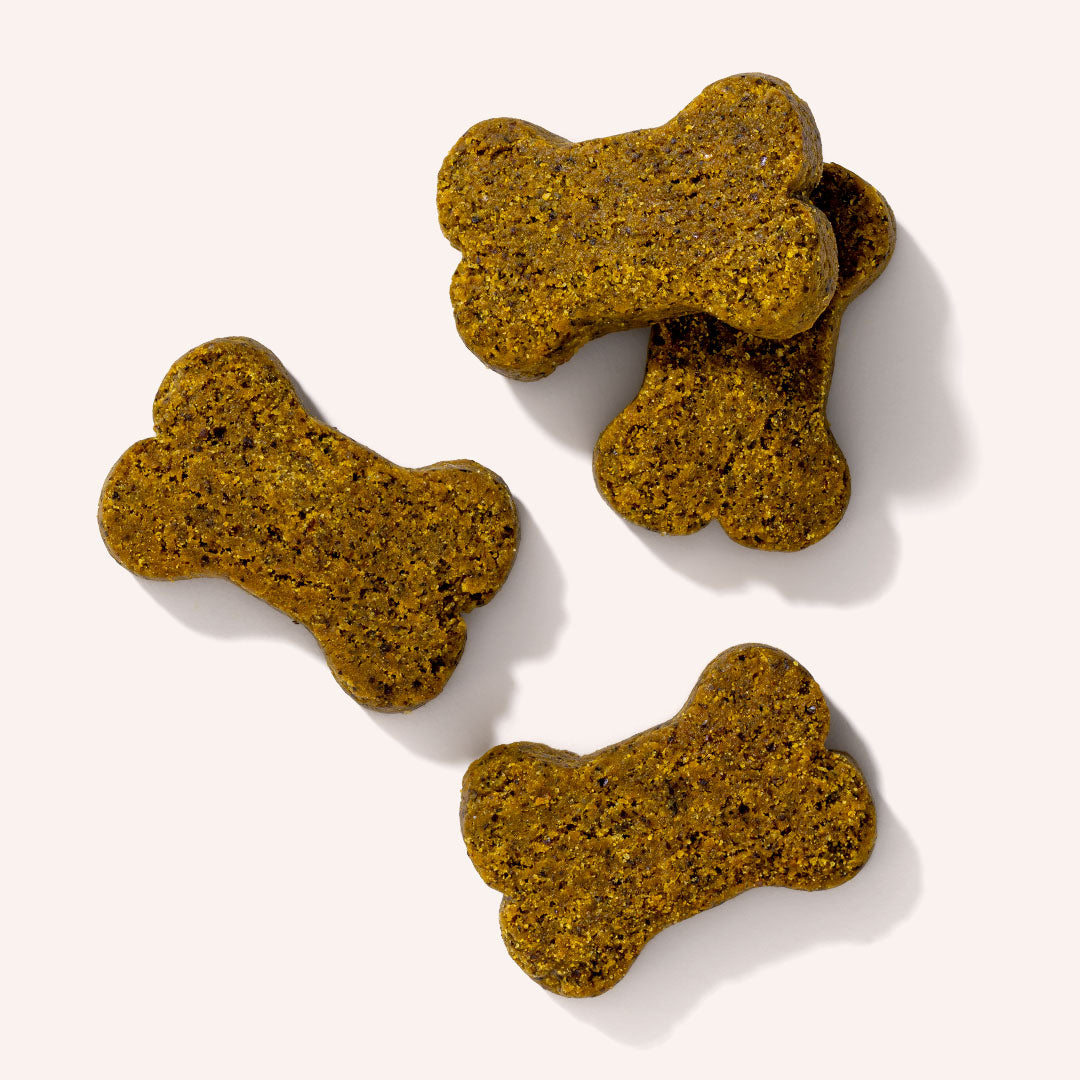

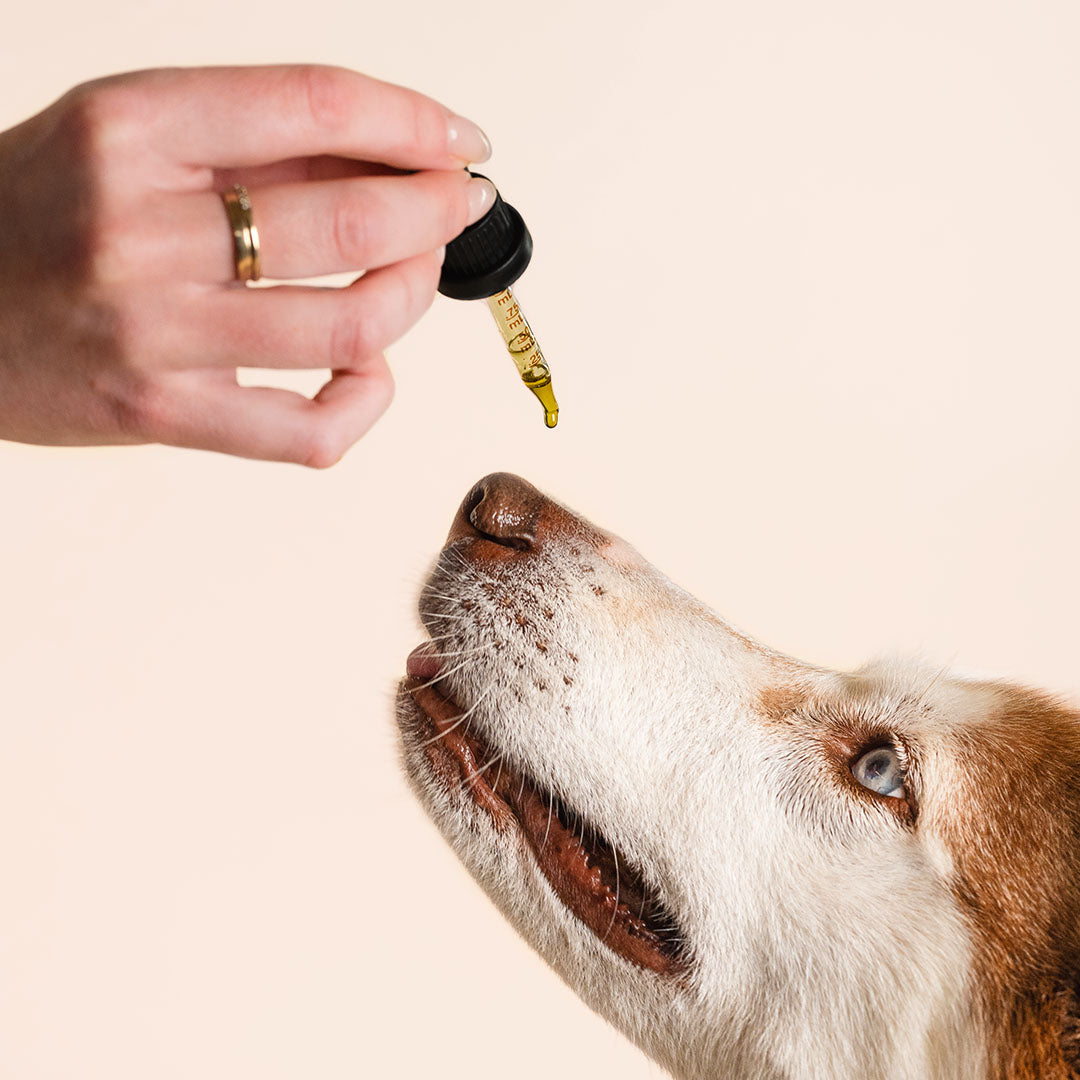



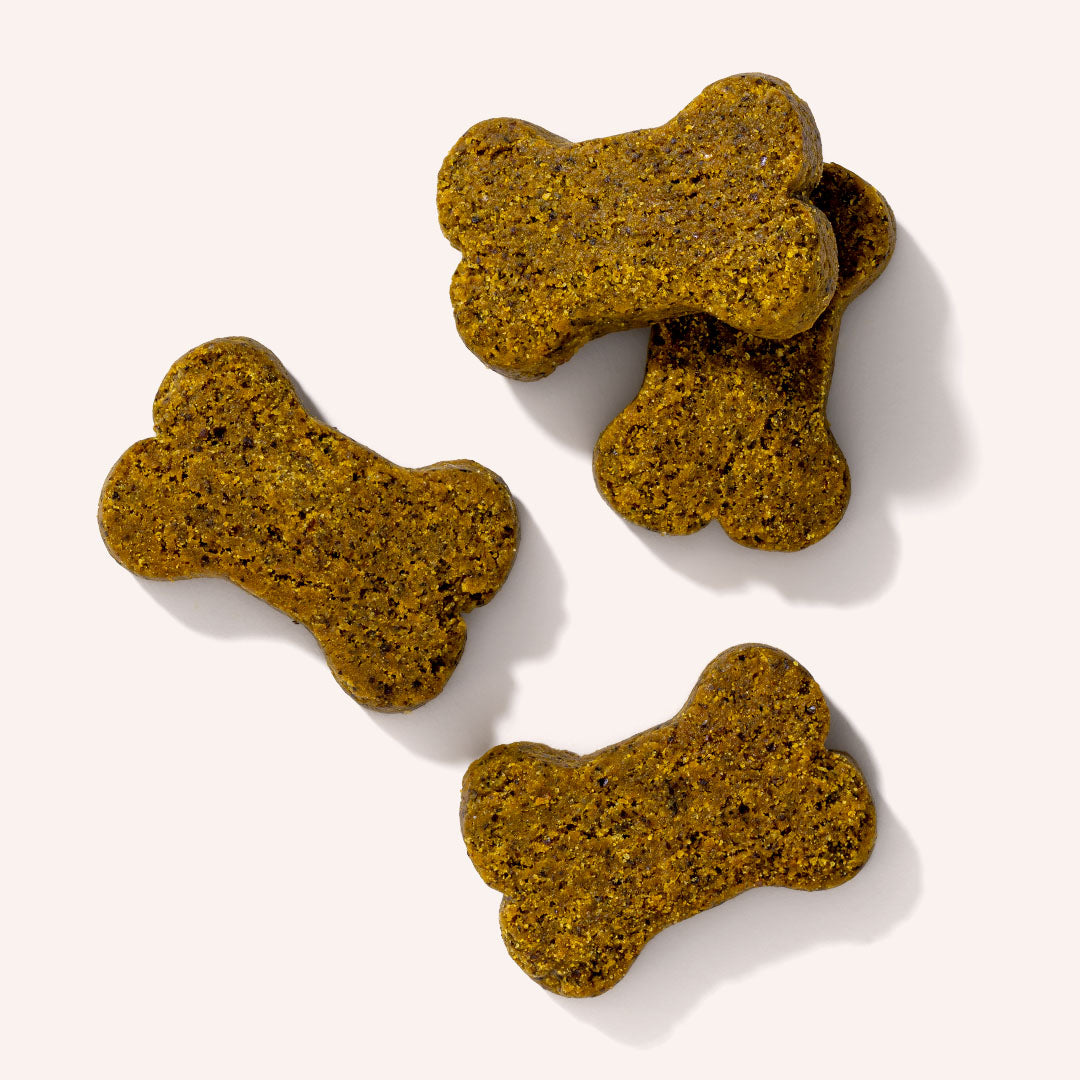
Leave a comment
All comments are moderated before being published.
This site is protected by hCaptcha and the hCaptcha Privacy Policy and Terms of Service apply.